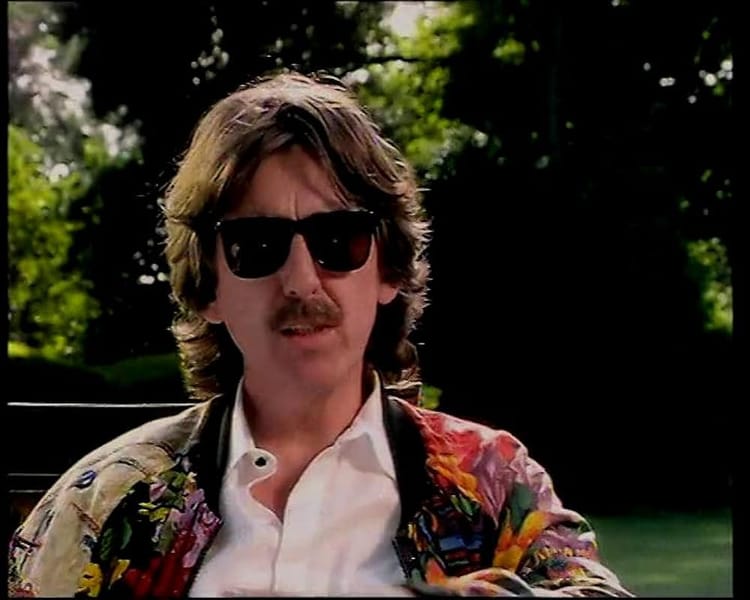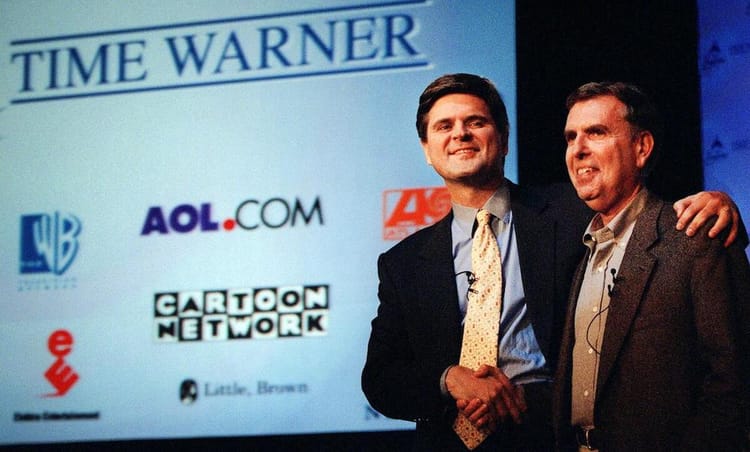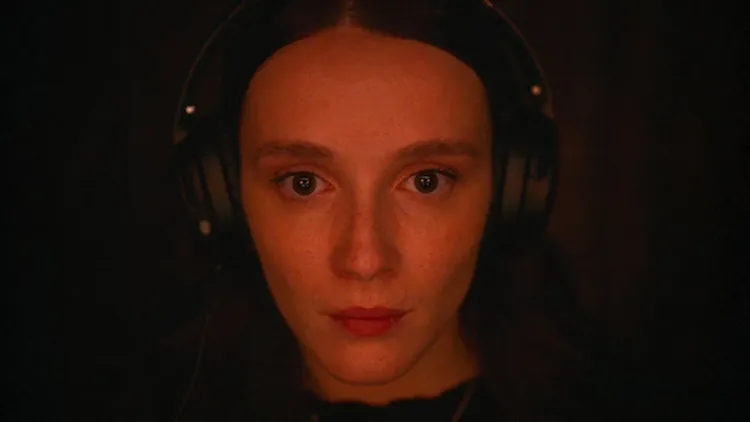Thanks, Dead: Blurbing FTW 4/18/25
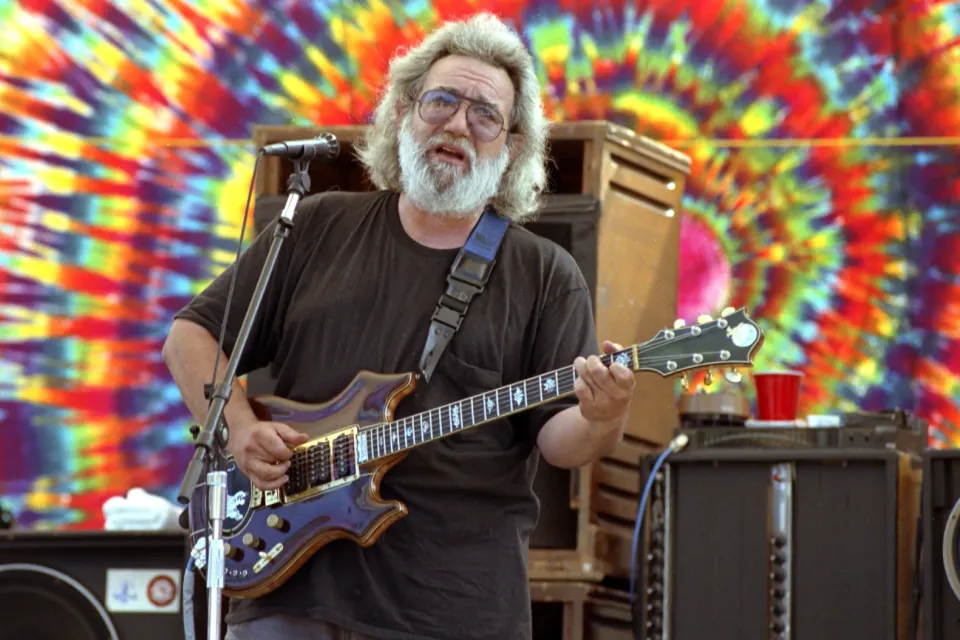
As far as I can recall, I spent my first forty years on Earth blissfully indifferent to the Grateful Dead. At worst, I found the whole sociomusical affair inscrutable and corny, though non-threatening as long as I avoided live cuts on the college radio station or going with a hippie to a second location. But, about five years ago, I bought a used copy of Workingman’s Dead, and decided I was cool with them as a fried middle-ground between the Holy Modal Rounders and CSNY. Then my interest in jazz-rock excursions brought me around to Live/Dead. Now I’ve watched all four-plus hours of Long Strange Trip in one sitting, and while I don’t think I’ll ever be a Deadhead, I’m ready to say I’m a fan.
Long Strange Trip isn't a great documentary, by any stretch. There are band members that don’t even get mentioned. Only one of at least three women Jerry Garcia called “the love of my life” is acknowledged, possibly because she’s the only one who’d consent to an interview. You also wouldn’t know he remarried another one after leaving the one interviewed. We get little sense of their interpersonal dynamics outside of the guys loving Jerry and missing Pigpen, with Bob Weir in particular left an enigma in terms of creative contribution and perspective. Weir’s lyricist might get more time on screen than Weir, and I believe he’s the only person who explicitly says “misogyny” instead of implying comfort with it. But there are two audiences for a documentary - those who know everything, and those who know nothing. And I walked away knowing (and appreciating) more than I had before.
The Grateful Dead play for Hef in '69.
The early episodes helped me understand just what the young Grateful Dead was synthesizing. Though often seen as oppositional to the Velvet Underground, both bands’ line-ups melded a love of jazz, experimental composition, folk, blues and r&b into something inherently unique and untested. Both even workshopped their music while providing the soundtrack to psychedelic caravans run by pop philosophers! Jerry Garcia evaded the spotlight while determined to keep the project going, Lou Reed was desperate to be seen as a genius and quickly let his group fall to pieces. One band was humored by a receptive label, the other’s label couldn’t have cared less. The Velvets’ hated to repeat themselves, making sure almost every track was a distinct experience, whole subgenres of rock eventually building off the sound of one song. From a distance, every Dead song sounds the same, but the band was devoted to improvisation and evolution from within quickly established, but subtly expansive parameters. The documentary helped me hook into the Dead as a unique team of weirdos, making their initial efforts a lot easier to admire.
Even more impressively, the later episodes of Long Strange Trip helped me understand why comprehending the Dead as a band was so impossible in my youth. The cult religiosity of the Deadheads was so unappealingly insular and regressive by the time I was paying attention in the late ’80s, even if I’ve always enjoyed “Touch Of Grey” as a catchy curio. It's not hard to see their influence on SST and Dischord bands in terms of underground networking and rock experimentation, but the new groups were devoted to creating something new and transgressive rather than a utopian co-existence with commerce. They sought to build something less hierarchical, easier to branch off of. Today, I can see the pros and cons of pre-punk and post-punk orthodoxy, but the idea of abjuring the virtues and lessons of punk was anathema to my early sense of identity. To its credit, the film leaves space for that critique.
The question now is whether this will ever be booted from my Top 5 favorite Dead songs.
I love the story about Steve Albini having to change numbers because pranksters spread it around Chicago as a hotline for grieving Deadheads after Jerry Garcia’s death, and can understand why Albini types refused to give enthusiasts an inch. There are so many bands and artists where you can collect obscurities and track their creative evolution, so why would you spend your time dealing with these guys in such granular detail? A band that's twenty years old! But today, with the digital democratization of online archives making it so easy to play these games (Fugazi has an online archive of traded tapes!), the stakes feel so much smaller.
To some punks, Deadheads might have looked like wasted goobers devoted to staring at a static relic for years, oblivious to the exciting sounds and ideas just beyond their purview. But Long Strange Trip helped me grasp that they were staring at a something novel and beautiful. That the Dead rewarded fixation, inspired community and preached discovery. With 20th century zero-sum battles for the airwaves behind us, it’s even easier for me to imagine worse as it is to seek better.
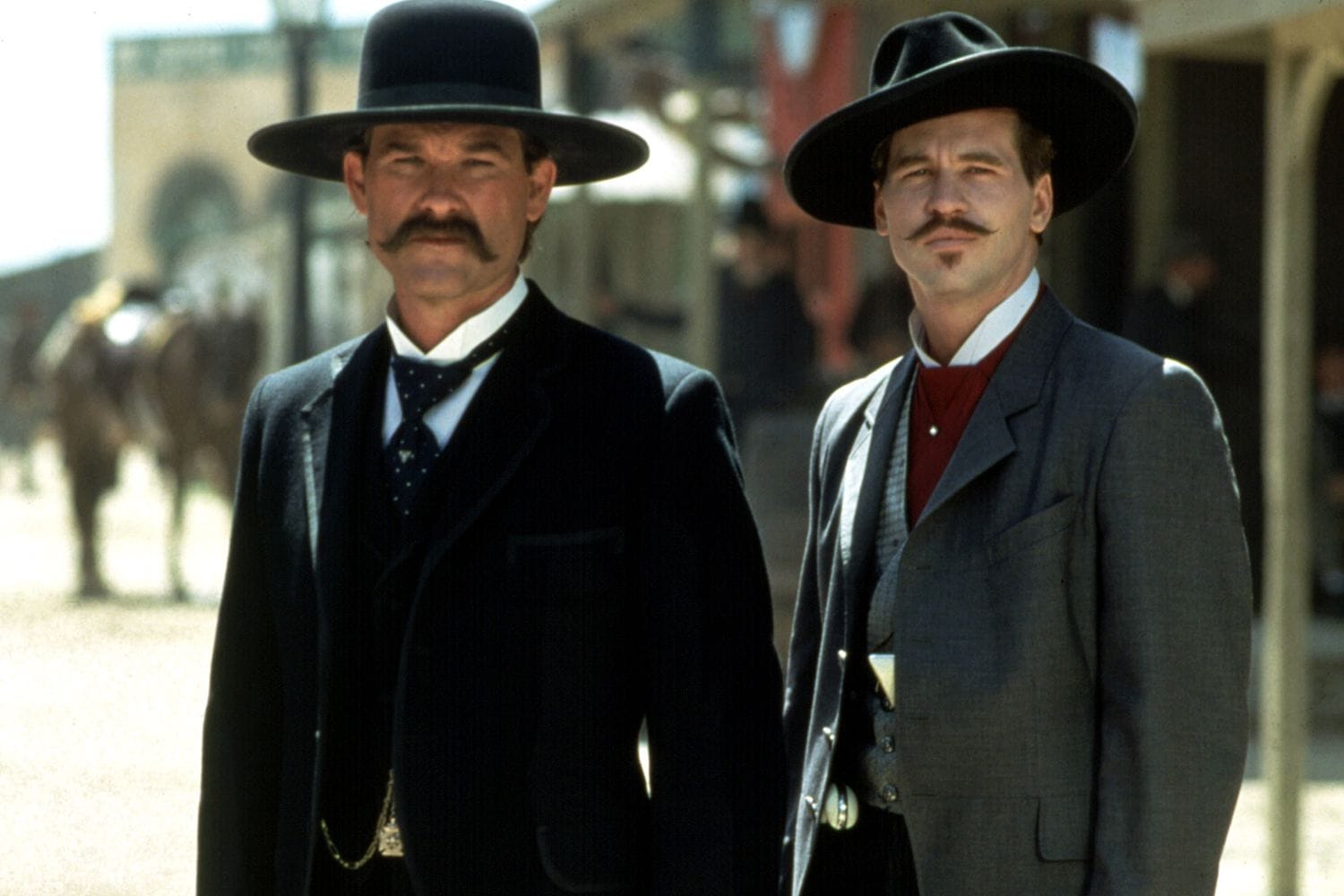
I thought I’d spend a lot of this month watching Val Kilmer movies, but so far the only one I’ve gotten around to revisiting is Tombstone. The original director and screenwriter bailed early into the shoot, the studio replacing him with George P. Cosmatos, the guy behind Rambo: First Blood Part II. This helps explain why the film seems likes an epic without an auteur. There’s memorable stand-offs between excellent actors, some long established (Powers Boothe at his most comically leering), some not yet known (Billy Bob Thornton and Thomas Haden Church among the oddly poignant betas). Cosmatos clearly gave a shit about the gunfight at the OK Corral, whose Peckinpah/Hill brutality feels like a different movie than the '90s Disney pablum around it.
But then there’s Dana Delany, miscast as a swashbuckling Helen Of Troy who loves the highlife. There’s Bill Paxton and Sam Elliott, mostly left to twist in the wind as star Kurt Russell realized the best bits involved him and Kilmer’s Doc Holliday. Or maybe just Holliday! Russell’s canny enough he may have grasped only Holliday’s determination to stay true to his sassy code despite suffering from the sweatiest shits was particularly affecting. He probably knew that - stuck playing the stoic behind a goofy mustache - he was best off making sure nobody got as much as to work with as him and Kilmer. Beloved by many, Tombstone isn’t a classic movie, so much as a classic Sunday Matinee on network television, full of familiar faces (a spectacled, goateed Jason Priestley! So moved by the dashing Billy Zane!), fun clothes and memorable moments. But an ad for Domino’s isn’t going to kill the vibe. POPCORN CLASSIC.
Warning: this Legion montage set to Noah Hawley campily covering R.E.M. ironically covering The Clique contains spoilers.
If your reaction to the Francis Ford Coppola vs Marvel Cinematic Universe battle is remotely close to “why not both,” you should watch Legion already. Or maybe rewatch it, thinking about how all the indulgence and ambition Megalopolis was praised for - and more - can be found in Noah Hawley’s show. It’s longer than Megalopolis. There’s an endless parade of unexpected set pieces and sets. They probably spent more money making it. Aubrey Plaza gets to play multiple characters in a variety of slinky outfits. The showrunner sings slow, creepy versions of rock chestnuts over the second and third seasons. There’s a rap battle between Jason Mantzoukas and Jemaine Clement. Worlds within worlds. Commentary on surveillance society, toxic masculinity, the enemy of my enemy, mental illness, one’s responsibility for one’s actions, oedipal stuff. There’s also a young native American woman who lives inside Bill Irwin’s body, leaving him primarily to kick asses. Jean Smart plays a secret agent even more obsessed with the ex who left her to explore the cosmos than her character in Watchmen. Eventually, from a commercial standpoint, it’s all dignified by the appearance of a young Professor X. In season three. Which also features “Behind Blue Eyes” as a duet. Thank you, Marvel.
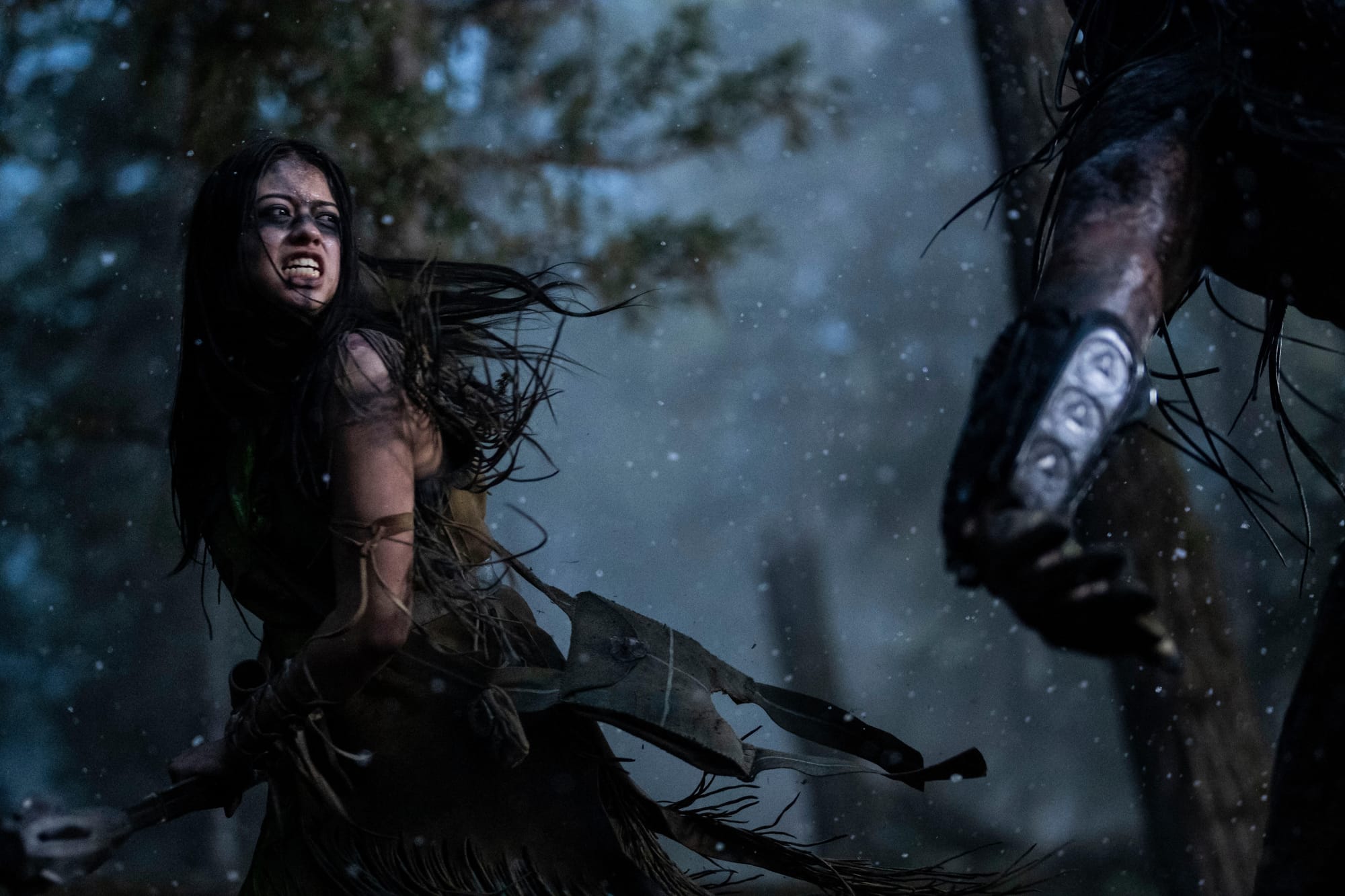
I already meant to watch Prey before learning it was directed by Dan Trachtenberg, the guy who did 10 Cloverfield Lane, and stars Amber Midthunder, Legion’s aforementioned ass-kicker inside Bill Irwin. Unfortunately, the hype about this Predator prequel led me to believe it mostly consisted of silent set pieces between a young Comanche woman and the Predator. This might be why I found the actual movie underwhelming, with its numerous young Comanche men telling the young Comanche woman she can’t be the hunter-gatherer she wants to be, mostly in English peppered with bits of Comanche. But if I hadn’t expected something a lot more John Hyams-y, I might not have watched this in the first place. As it stands, it’s an ok movie about a young woman who’s more badass than everyone else realizes, and proves it by fighting The Predator. FOUR BAGS OF POPCORN.
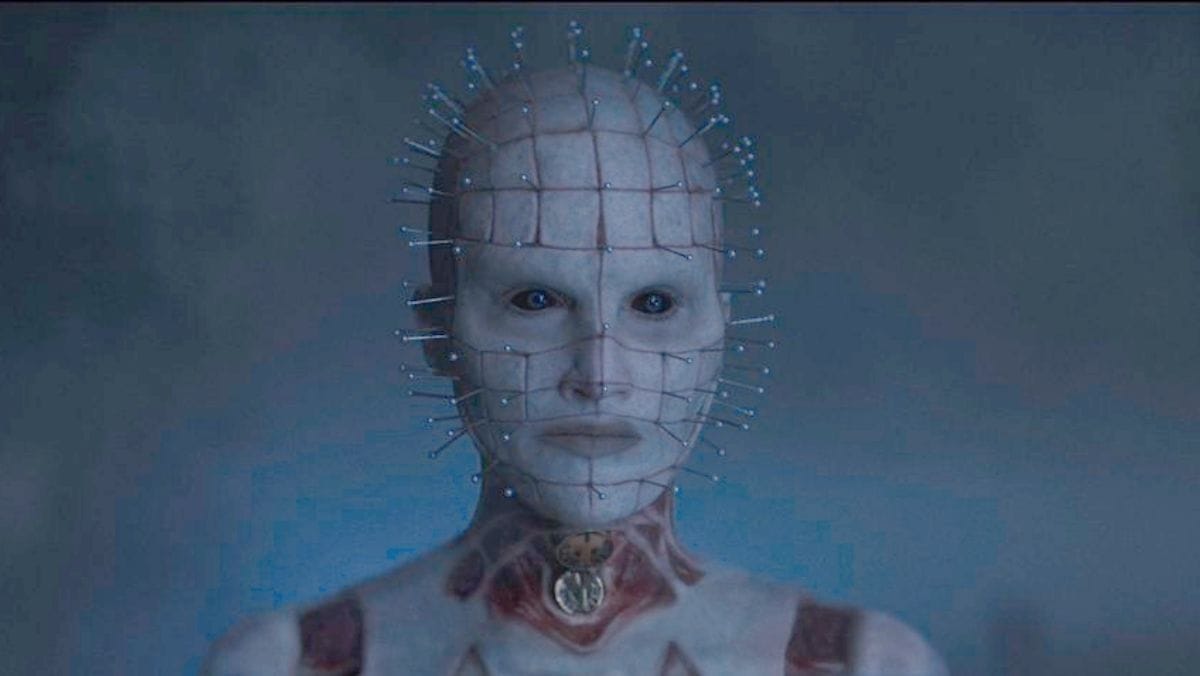
Where Prey is a half-way interesting movie about young people with a distracting franchise element, the 2022 Hellraiser movie dilutes an interesting franchise with distracting young people. Imagine if they made a movie called Dracula that was mostly about teenagers going to a castle, gradually learning Dracula lived there, and figuring out the rules Dracula followed so they could figure out how to escape Dracula (I checked, and Dracula 2000 isn’t this). There’s still some gothic iconography, but it’s almost entirely divorced from the original metaphors and symbolism, aside from some referential quotes in the last third. I bet there was an earlier draft of the script where the lead’s drug addiction was tied to Clive Barker’s meditation on the line between pain and pleasure, and this netherworld of hideous monstrosities eager to exploit our worst impulses. But instead, the young people are all just innocents tricked into touching a puzzle box, now forced to escape a puzzle world that’s full of hooks and chains…just cuz. THREE BAGS OF POPCORN.
The popcorn ratings are explicated here. If you want to suggest some avant-jazz-boogie or a more John Hyamsy thriller than Prey, anthonyisright at gmail dot com is where I'll eventually see it.
